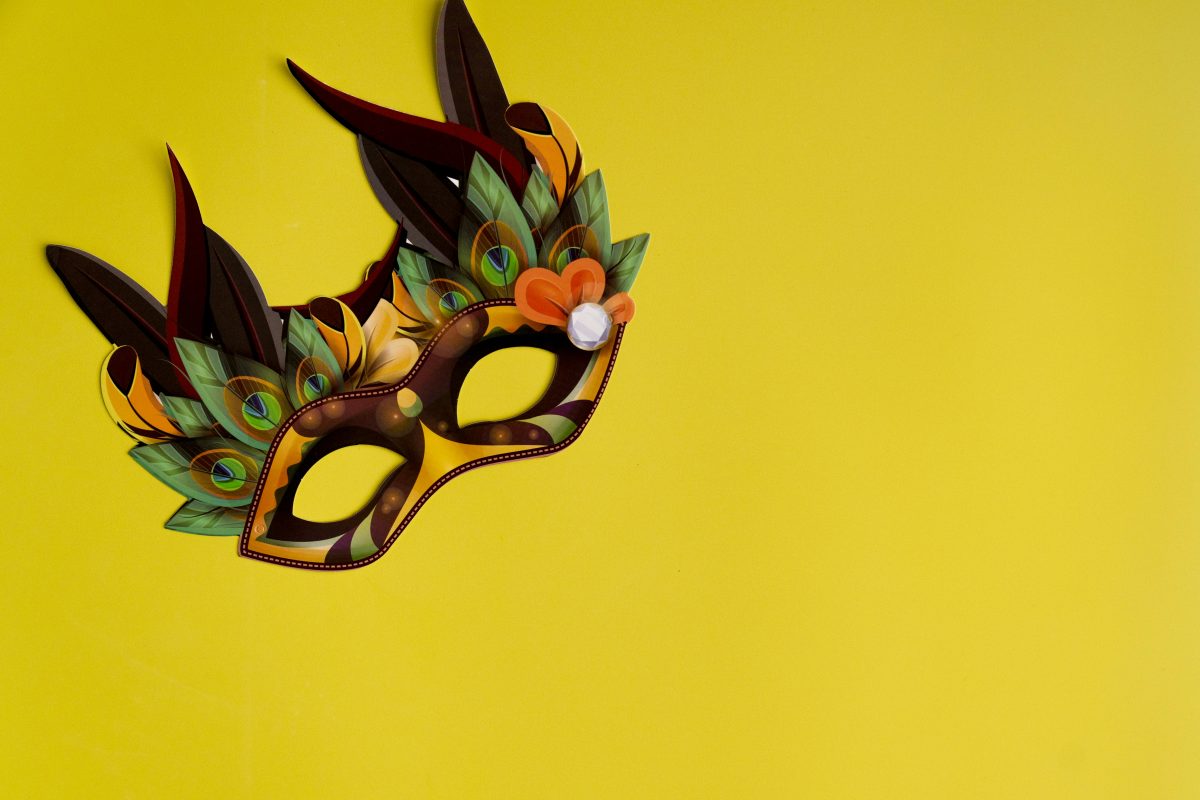
By Yamila García
A few days ago, I visited my doctor, and they asked me a question that got me thinking. They asked what “level” of neurodivergence I had. Although my diagnosis states it, I thought that by now, health professionals would know it’s not correct to talk about “levels” when it’s actually a spectrum. But what also surprised me was my response. First, I said what my official diagnosis states: “high functioning,” and then I clarified that, in reality, it is “high masking.”
Since then, I’ve been reflecting on that almost automatic answer I gave. What was it that I wanted to clarify? The question bothered me, that’s true. Maybe that’s why I felt compelled to explain further, because anyone who asks that question clearly has a limited understanding of what it means to be neurodivergent. Responding the way I did, I think, was my way of acknowledging my struggles and giving them the relevance they deserve. It’s not that being ‘high functioning’ means I struggle less, but rather that others notice my struggles less because I am ‘high masking.’
My thoughts kept trying to make sense of all this, and I ended up realizing that even that outdated way of labeling neurodivergents had more to do with how much tolerance others needed to have toward us than with what we were actually capable of. It wasn’t about our ability to do and achieve things, but about how much our environment had to adapt so that we could fully use our abilities. For many years, the movements for inclusion and awareness of neurodiversity were led by people who were not neurodivergent themselves. Seeing more neurodivergents now involved in education, communication, politics, and other areas gives me hope that perhaps in the future, it will no longer be others determining and labeling us.